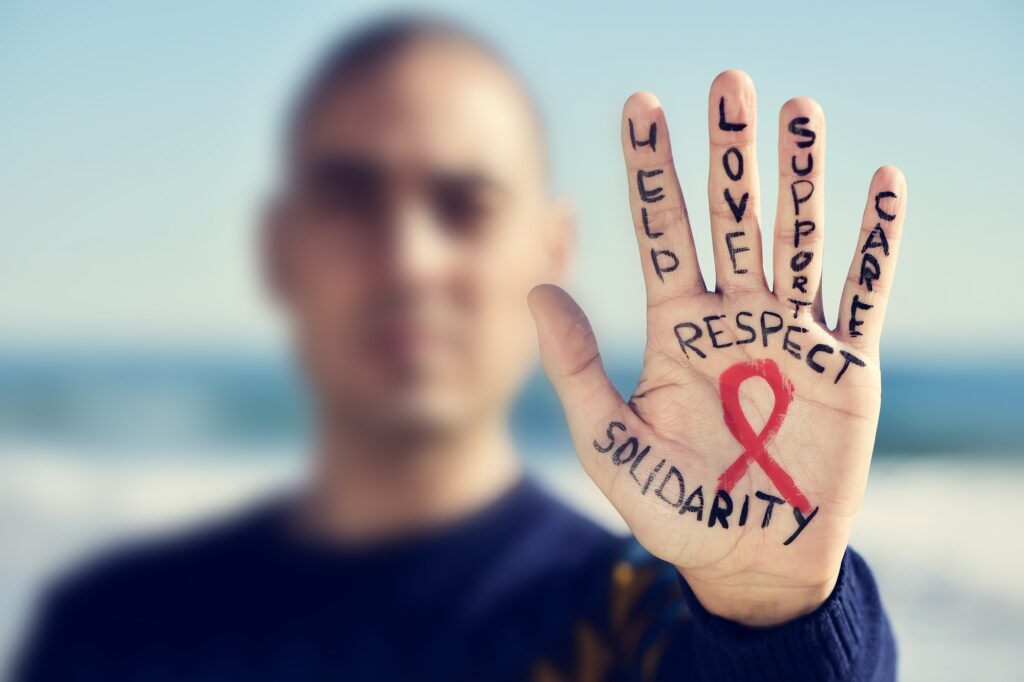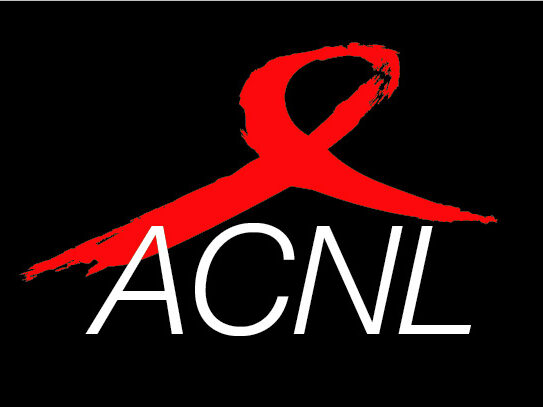
What is HIV?
HIV stands for Human Immunodeficiency Virus. It’s a virus that attacks and weakens the immune system, making it harder to fight off certain illnesses, infections and diseases. The virus locates, destroys and takes over our white blood cells (CD4 cells) and begins to replicate. There is no cure for HIV, however treatment can allow people with HIV live long, healthy lives.
Stages of HIV Infection
HIV infection has 3 stages: Acute (2-6 weeks); Chronic (10 years); and, AIDS.
Stage 1 – Acute
The earliest stage of HIV. This can develop within 2-6 weeks after transmission has occurred. During this time, people may experience flu-like symptoms, such as fever, rash and headache. A person may experience no symptoms at all. Risk of transmission is greatest during this stage because levels of HIV in the blood are highest. A person may experience significant health benefits if started on HIV treatment, known as ART (antiretroviral therapy), during this stage.
Stage 2 – Chronic
Also called “asymptomatic HIV.” The virus is now living in the body and developing, but not producing symptoms. Without treatment, this stage lasts about 10 years, but can progress more quickly in some people.
Stage 3 – AIDS
The final, most advanced stage of HIV. The virus has severely damaged the immune system and the body can no longer fight off certain infections or related cancers.
AIDS stands for Acquired Immunodeficiency Syndrome. It’s the most advanced stage of HIV. It’s also referred to as “advanced HIV” or “late-stage HIV.” HIV has progressed to AIDS when (1) the immune system is so weak it becomes vulnerable to opportunistic infections and specific cancers and (2) when the CD4 count falls below 200 cells/mm3 (200 cells/cubic mm of blood). Thanks to effective HIV treatment, it is rare for an HIV infection to progress to AIDS in Canada.
Transmission
The formula for HIV transmission is fluid + route + activity. This means that HIV may be transmitted when bodily fluids that carry HIV come into contact with a route into a person’s bloodstream through a shared activity.

There are 5 bodily fluids that contain sufficient HIV to pass the virus:
- Blood
- Seminal fluid (including pre-cum)
- Rectal fluid
- Vaginal fluid
- Breast/chest milk
There are two main routes that transmit HIV:
- A break in the skin (e.g., an injection)
- Mucous membranes (e.g., linings of the vagina, anus, foreskin, and penis opening)
Any activity that brings together a fluid that can carry HIV and a route into the bloodstream carries a risk of HIV transmission. Some activities that can transmit HIV include:
- Sex without protection
- Sharing injection drug use equipment
- Breast/chestfeeding
Prevention
HIV prevention generally consists of preventing fluids containing HIV from coming into contact with routes into the body. This includes safer sex practices like using barrier methods (e.g. condoms, dental dams) and safer injection practices like using new supplies every time.
There are also medications that prevent HIV. Pre-exposure prophylaxis or PrEP is a daily medication for HIV negative people taken before a potential HIV exposure that prevents them from contracting HIV. Post-exposure prophylaxis or PEP is a medication for HIV negative people taken after a potential HIV exposure to prevent them from contracting HIV. To learn more about these medications, visit our pages on PrEP and PEP.
Effective HIV treatment can also prevent the transmission of HIV. When a person with HIV is consistent with their treatment and the level of HIV in their blood is undetectable, they cannot transmit HIV to their sexual partner(s). This is known as U=U or undetectable = untransmittable.
Testing
Testing for HIV is done via blood test. This can be done through your primary healthcare provider, or through clinics like Planned Parenthood or the NL Health Services Sexual Health clinic. For more information on STBBI testing in NL, please visit our page on HIV/STBBI Testing.
ACNL also provides HIV self test kits for individuals who want to test in the privacy of our offices or their homes. If a person tests positive on the self-test, however, they will need to book a confirmatory blood test.
Testing for HIV typically cannot be done immediately after a potential exposure. The window period is the period of time between an HIV exposure and when an HIV test can detect HIV in your blood. The window period varies for different types of tests. For laboratory testing (blood test), the window period is between 2-6.5 weeks after an exposure. For HIV self testing, the window period is between 3-12 weeks.
Treatment
There is no vaccine or cure for HIV/AIDS, but treatment allows people to manage their HIV infection, live full, healthy lives, and reduce/eliminate the risk of transmitting HIV to others.
HIV is treated with antiretroviral therapy (ART). This is typically one or two medications that a person with HIV takes every day to control the amount of HIV in their blood. It is very important to take HIV treatment consistently every day.
Undetectable = Untransmittable: When treatment is taken as prescribed and the viral load (amount of HIV in the blood) is reduced to an undetectable level, HIV cannot be transmitted to a person’s sexual partner(s).

